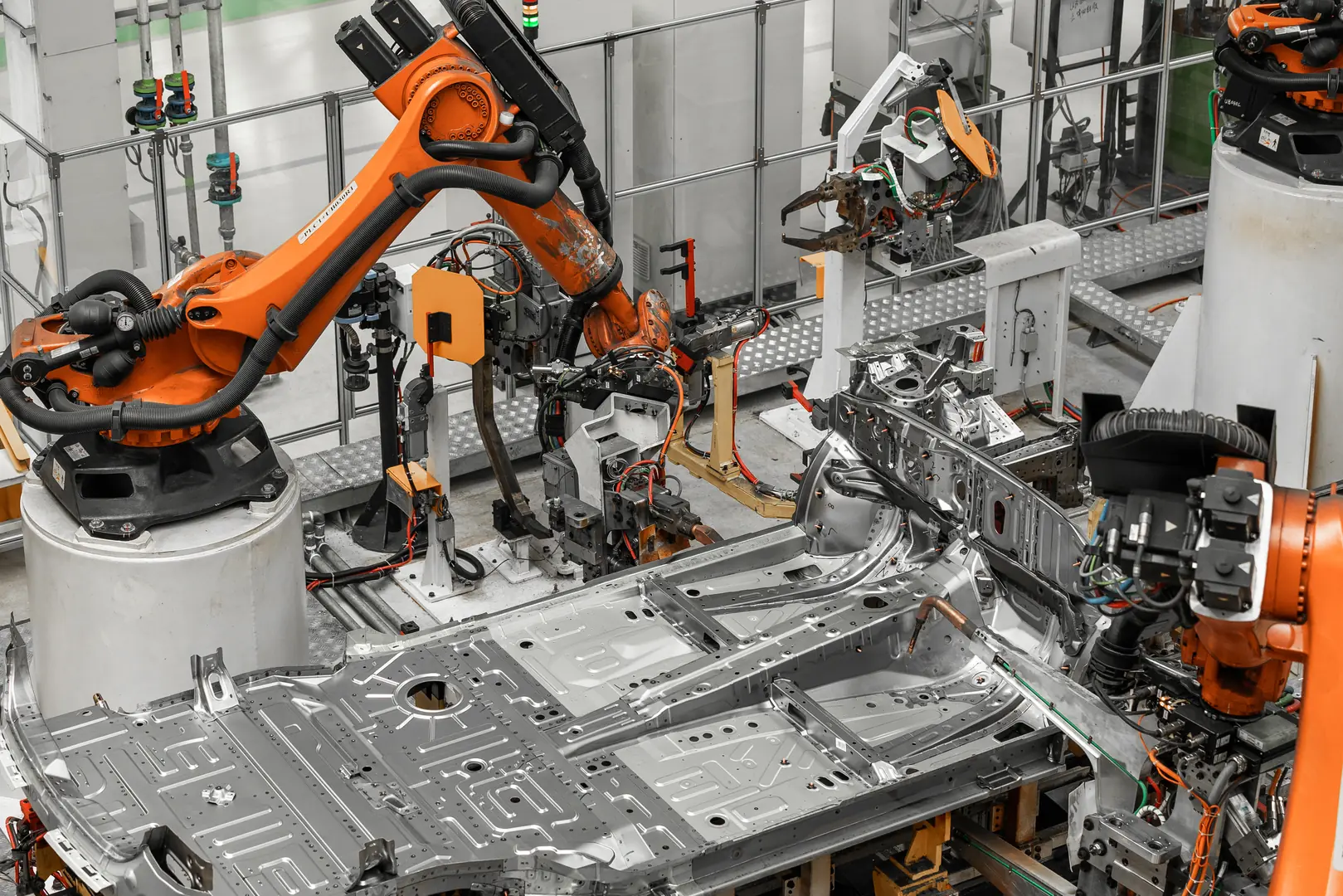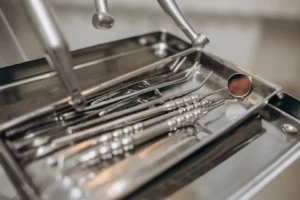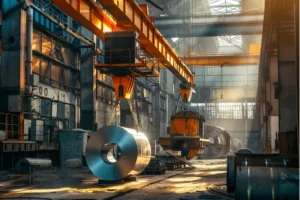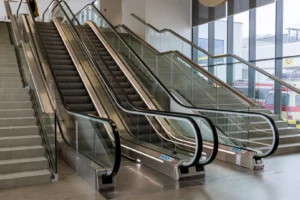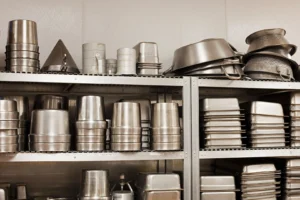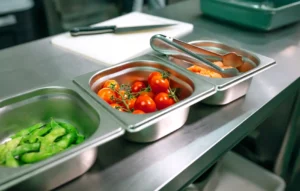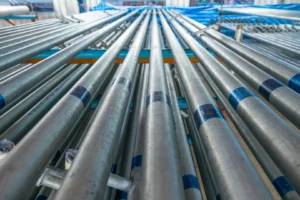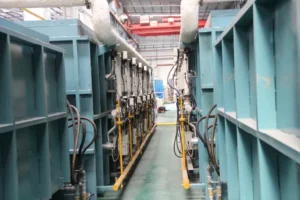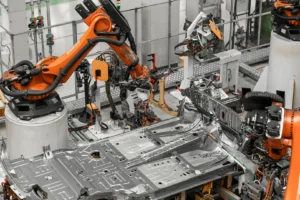What is the Advantage of Stainless Steel 316L? Cost-Effective Sourcing for High-Corrosion Environments
Harsh environments destroy standard materials. This leads to costly failures and operational downtime. Stainless steel 316L offers superior, long-lasting protection, ensuring your assets endure the toughest conditions.
Stainless steel 316L's primary advantage is its exceptional corrosion resistance, especially against chlorides and acids, due to its molybdenum content. This makes it a highly durable and cost-effective material for harsh industrial and marine environments, reducing long-term maintenance and replacement costs.
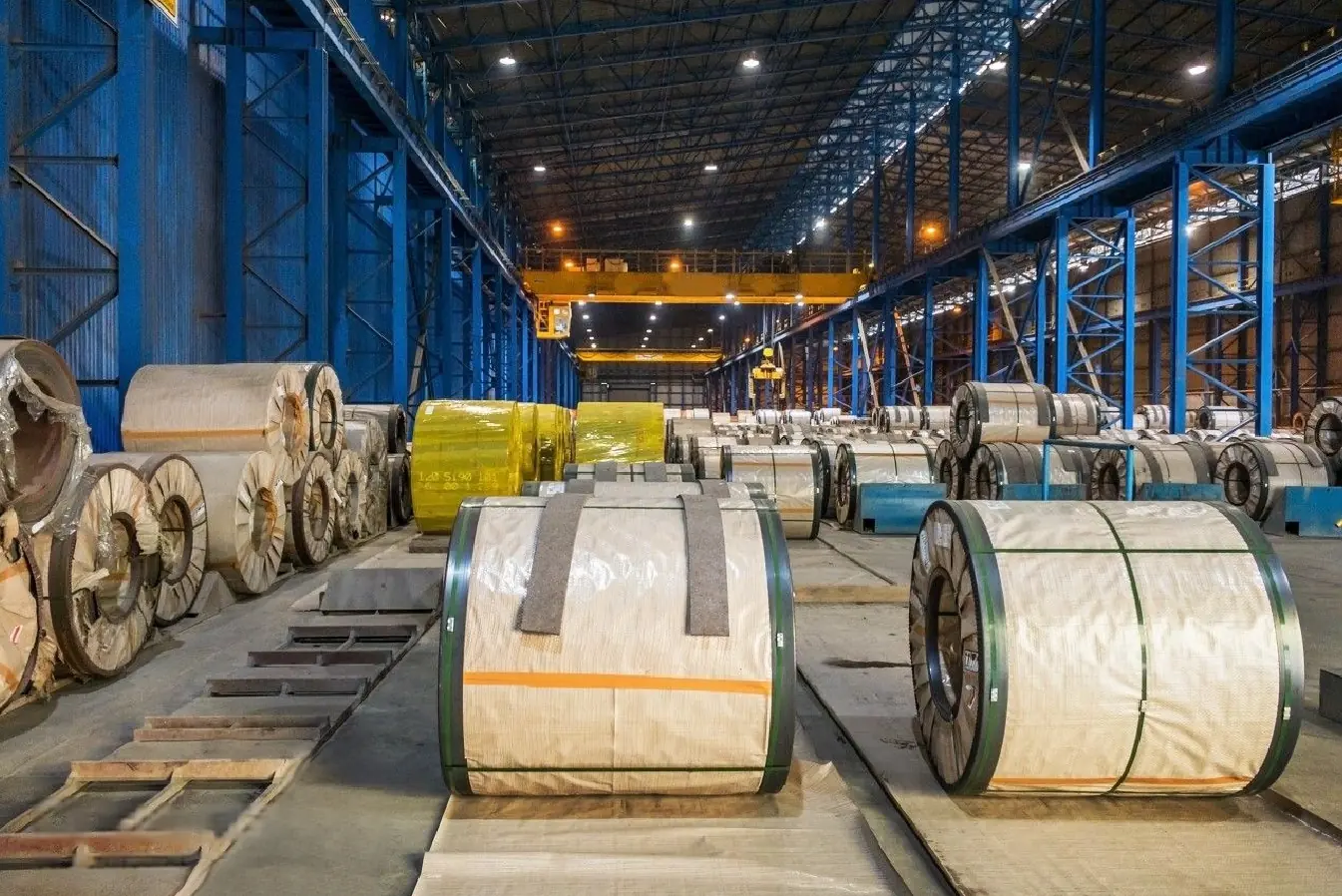
As the Global Business Director at MFY, I've seen countless projects succeed or fail based on material selection. The choice is often more than a technical specification; it's a strategic business decision. Stainless steel 316L consistently proves to be one of the smartest investments for clients operating in unforgiving settings. It's not just about preventing rust; it's about safeguarding your entire operation's integrity and financial health. Let's explore why this specific grade is the go-to solution for demanding applications and how to source it effectively.
What makes stainless steel 316L suitable for high-corrosion environments?
Aggressive environments corrode metals fast. This risks structural integrity and safety. The unique alloy composition of 316L provides a powerful defense against these corrosive elements.
Stainless steel 316L is ideal for high-corrosion environments because of its molybdenum content, which significantly enhances its resistance to pitting and crevice corrosion, particularly from chlorides found in marine and chemical processing applications.
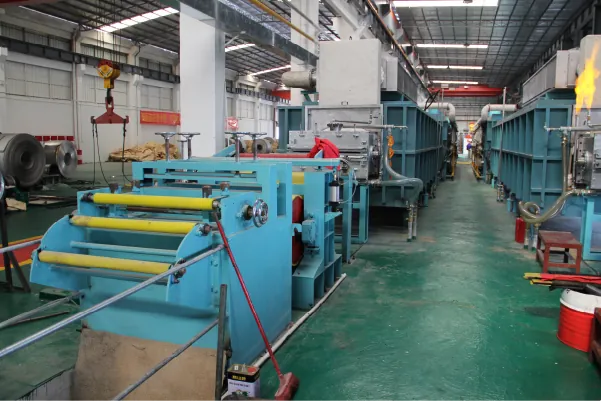
When we talk about high-corrosion environments, we're referring to settings saturated with elements that actively attack metal. Think of saltwater spray on a coastal structure, the acidic compounds in a chemical processing plant, or the sterile, yet demanding, conditions of pharmaceutical manufacturing. In these scenarios, standard stainless steels like 304 might suffice for a while, but they will eventually succumb. This is where 316L truly shines. I remember a client in the chemical sector who was experiencing repeated failures with their storage tanks. The maintenance costs were spiraling. After we transitioned them to 316L, their unscheduled downtime dropped to nearly zero. The secret is in the chemistry.
The Molybdenum Difference
The key ingredient that elevates 316L is molybdenum, typically present at 2-3%. This element is a game-changer. It provides a robust defense against localized corrosion like pitting and crevice corrosion, which are particularly common in chloride-rich environments. While the chromium in all stainless steels forms a passive protective layer, molybdenum strengthens this layer, making it more stable and quicker to repair itself when scratched or damaged.
Performance in Key Industries
- Marine Engineering: From boat fittings to offshore oil rigs, 316L withstands the constant assault of saltwater.
- Chemical Processing: It holds up against a wide range of acids and corrosive solutions, making it essential for reactors, piping, and tanks.
- Pharmaceuticals & Food Processing: Its resistance to corrosion ensures product purity, preventing metallic contamination in highly sterile environments.
Choosing 316L isn't just a material upgrade; it's a strategic decision to build for longevity and reliability.
Why is stainless steel 316L considered cost-effective?
High upfront material costs can strain project budgets. This makes cheaper alternatives seem attractive. But 316L's incredible longevity means a much lower total cost of ownership.
Stainless steel 316L is cost-effective not because of its initial price, but because of its long-term value. Its superior durability minimizes maintenance, repairs, and replacement costs over the asset's lifecycle, delivering a lower total cost of ownership (TCO).
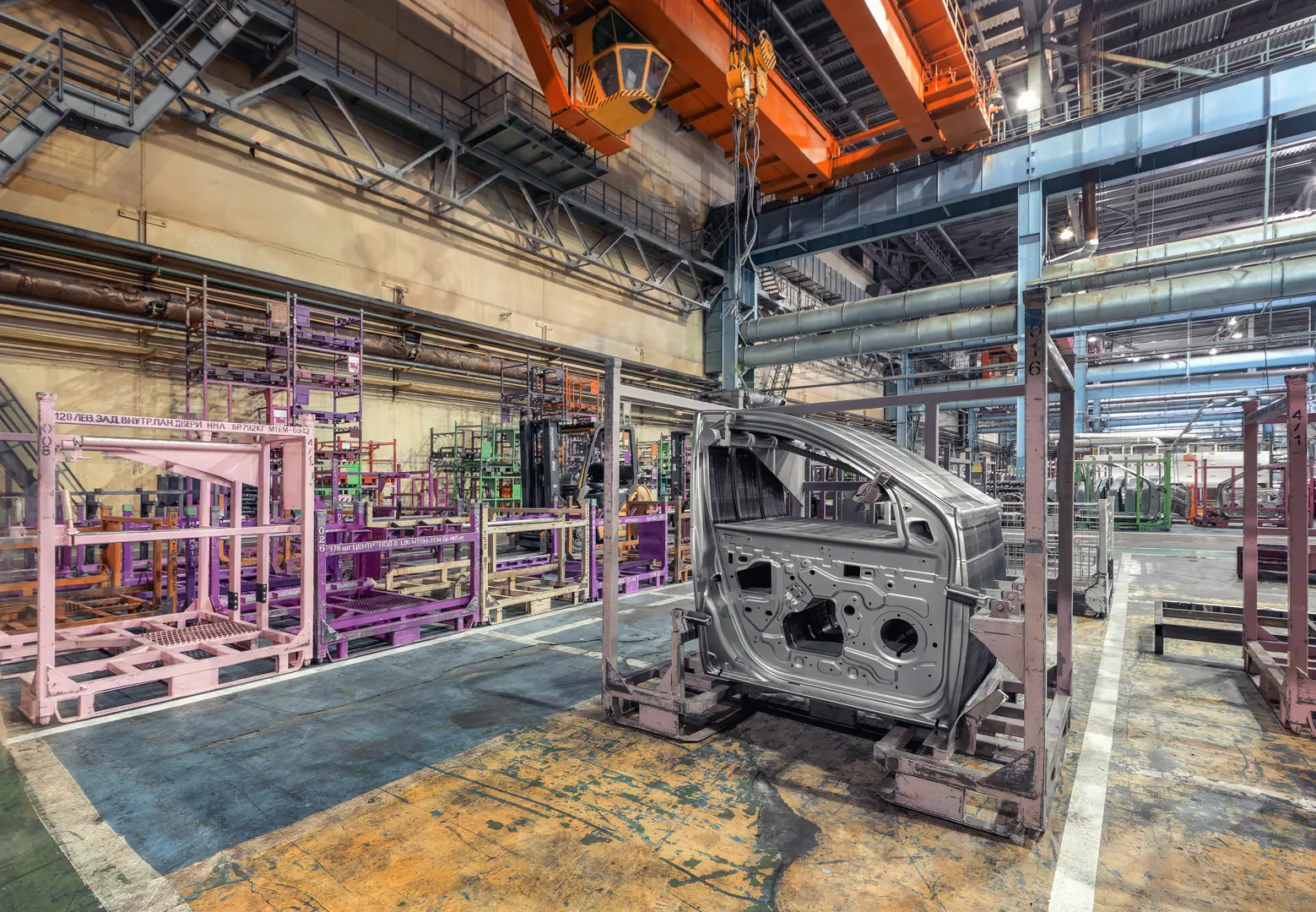
Focusing solely on the purchase price per ton is a common mistake I see in procurement. It's a short-sighted approach that often leads to higher expenses down the road. The true cost of a material is revealed over its entire service life. At MFY, we encourage our partners to think in terms of Total Cost of Ownership (TCO)[^1]. This framework includes not just the initial purchase but also the costs of installation, maintenance, repairs, downtime, and eventual replacement. When you analyze it this way, 316L almost always comes out ahead in applications where corrosion is a significant factor. Its durability directly translates into financial savings and operational stability.
Beyond the Initial Price Tag
The higher initial investment in 316L pays dividends year after year. Fewer repairs mean lower labor and material costs. Less downtime means greater productivity and revenue. A longer service life means delaying a massive capital expenditure for replacement. Furthermore, the reliability of 316L reduces risk, which is a financial variable that's hard to price but incredibly valuable.
Calculating Total Cost of Ownership (TCO)
A simplified TCO comparison often looks something like this:
| Cost Factor | Grade 304 (Lower Initial Cost) | Grade 316L (Higher Initial Cost) |
|---|---|---|
| Initial Purchase Cost | Lower | Higher |
| Annual Maintenance | Moderate to High | Very Low |
| Expected Repairs | Periodic | Rare |
| Lifespan in Harsh Env. | 5-10 Years | 20-30+ Years |
| Total Lifetime Cost | High | Low |
This calculation makes it clear. The "cheaper" option often ends up being the more expensive one over time. Choosing 316L is an investment in long-term financial health and sustainability.
How does the alloy composition of 316L contribute to its corrosion resistance?
Not all stainless steel is equal. Choosing the wrong grade can cause catastrophic failure. The 'L' in 316L is the secret to its superior weldability and performance.
The 'L' in 316L signifies low carbon content (below 0.03%). This prevents harmful carbide precipitation during welding, preserving the chromium at grain boundaries and maintaining the steel's full corrosion resistance, especially in welded joints.
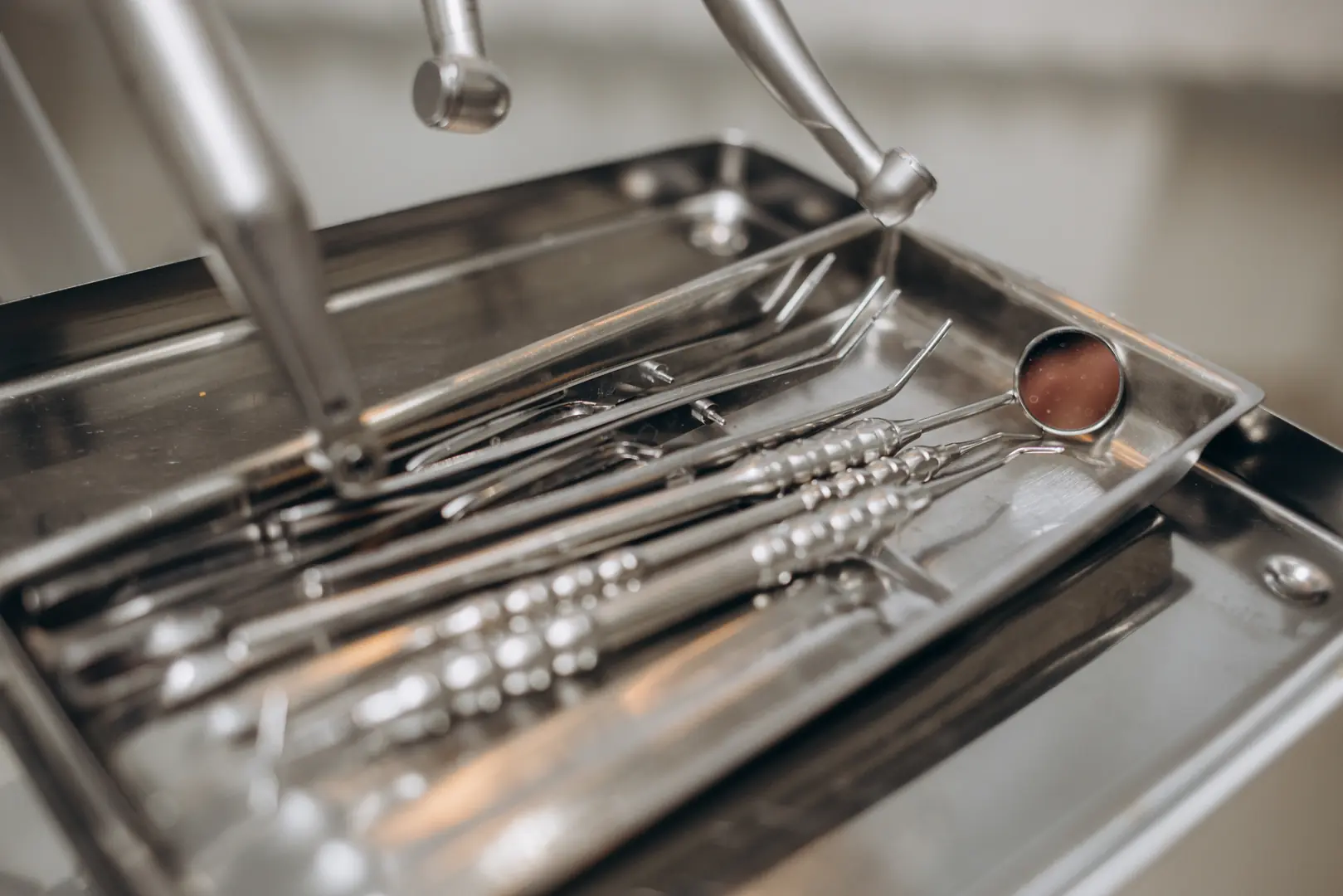
The details of metallurgy can seem complex, but understanding the composition of 316L is crucial to appreciating its value. The magic lies in a precise balance of elements, each playing a specific role. But the most critical distinction for fabricated structures is that little letter 'L'. It stands for "low carbon," and it is fundamental to the material's integrity, especially in applications that require welding, which is nearly all of them. Without this low carbon content, the very act of joining two pieces of steel could compromise the entire structure.
The Critical 'L' Factor: Low Carbon
When standard stainless steel (like 316) is heated during welding, the carbon can combine with chromium to form chromium carbides at the grain boundaries. This process, known as sensitization, depletes the chromium from the surrounding area, leaving it vulnerable to corrosion. The low carbon content in 316L (below 0.03%) virtually eliminates this problem. It ensures that even after welding, the steel maintains its full, uniform corrosion resistance across the entire surface, including the heat-affected zones[^2].
The Power Trio: Cr, Ni, Mo
Beyond carbon, three elements form the backbone of 316L's performance.
| Element | Typical % | Primary Function |
|---|---|---|
| Chromium (Cr) | ~17% | Forms the primary passive, corrosion-resistant surface layer. |
| Nickel (Ni) | ~12% | Stabilizes the austenitic structure for toughness and ductility. |
| Molybdenum (Mo) | ~2.5% | Greatly enhances resistance to pitting from chlorides. |
This carefully engineered alloy is what gives 316L its robust, reliable, and weldable properties, making it the superior choice for critical, long-lasting fabrications.
What sourcing strategies can optimize the use of stainless steel 316L?
Volatile global supply chains are a constant threat. Price fluctuations and delays hurt your business. A smart, modern sourcing strategy ensures you get quality 316L on time and on budget.
Optimize 316L sourcing by partnering with a fully integrated supplier like MFY. This provides direct access to production, stable pricing, and reliable inventory. Leveraging digital platforms for real-time tracking and forecasting further enhances supply chain resilience.
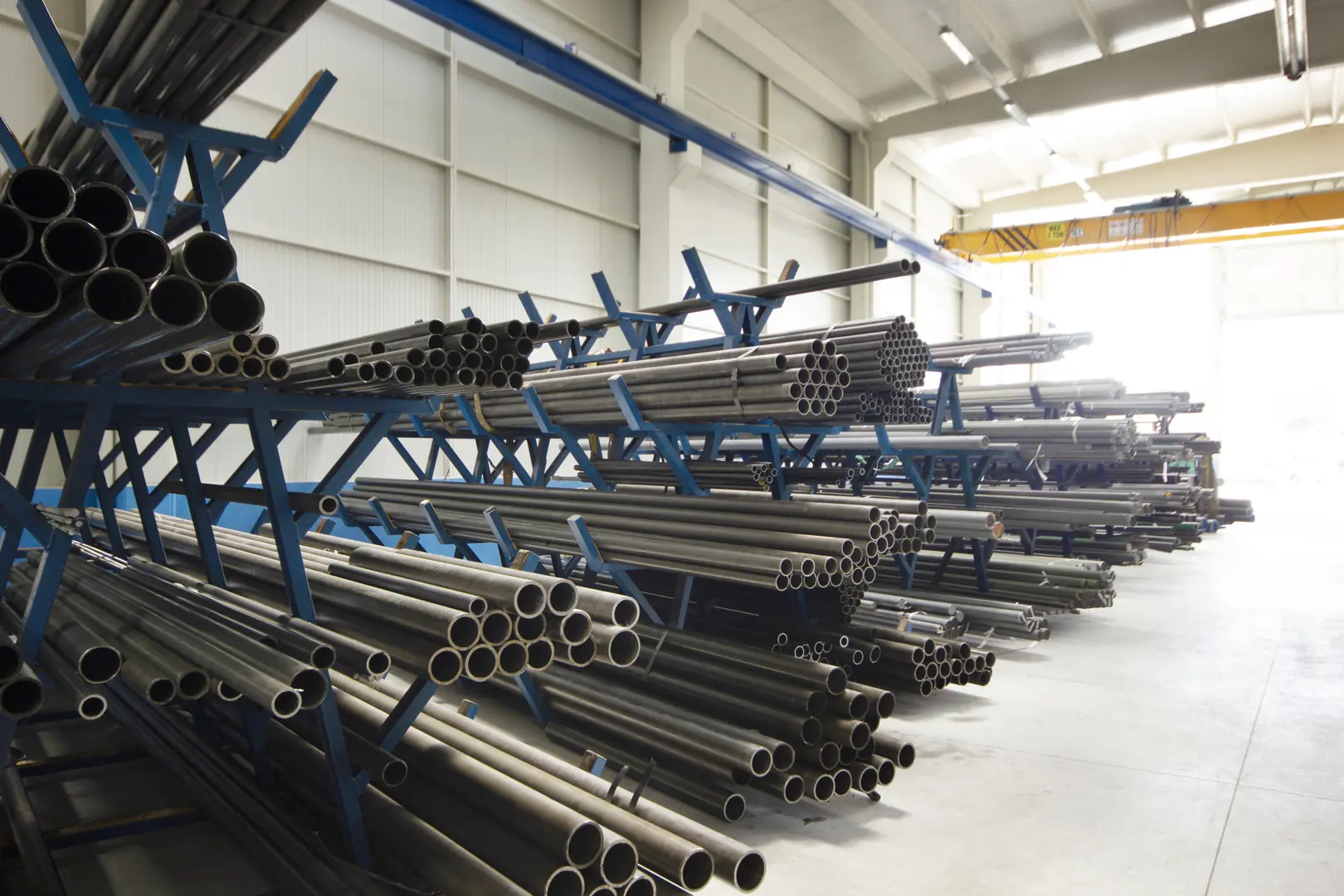
In today's market, having the right material is only half the battle. You also need to get it reliably and cost-effectively. Geopolitical tensions, fluctuating raw material costs, and shipping disruptions have made the global supply chain more complex than ever. Simply chasing the lowest price from a random trader is a recipe for disaster. I’ve seen companies face crippling project delays because their supply was unreliable. A truly effective sourcing strategy is built on partnership, transparency, and integration. It's about building a resilient supply chain that can weather market storms.
Navigating a Volatile Market
The key to stability in a volatile market is to reduce the number of variables. Working with multiple intermediaries—traders, brokers, stockists—adds layers of cost and risk. Every link in the chain is a potential point of failure or price markup. The most effective strategy is to shorten the chain by going as close to the source as possible. This is where a partner with deep industry integration becomes invaluable.
The Integrated Supplier Advantage
At MFY, our strength comes from our deep integration across the entire stainless steel value chain. We aren't just a trading company; we are deeply connected with raw material sourcing and production. This gives our clients several distinct advantages:
- Price Stability: By minimizing intermediaries, we can offer more consistent and competitive pricing.
- Quality Assurance: We have direct oversight of the production process, ensuring every coil, sheet, and pipe meets stringent international standards.
- Supply Reliability: Our strong production and inventory capacity means we can commit to delivery schedules with confidence, even when the market is tight.
- Transparency: We leverage digital platforms to give our partners real-time visibility into their orders, from production to port.
A strategic partnership with an integrated supplier like us transforms sourcing from a transactional headache into a competitive advantage.
What are the best practices for maintaining stainless steel 316L in harsh conditions?
Even the best materials need proper care. Neglect can lead to premature failure. Simple maintenance practices will protect your investment and ensure maximum material lifespan.
Best practices for maintaining 316L include regular cleaning to remove surface contaminants, avoiding contact with carbon steel to prevent contamination, and periodic passivation to restore its protective oxide layer, especially after fabrication or mechanical damage.
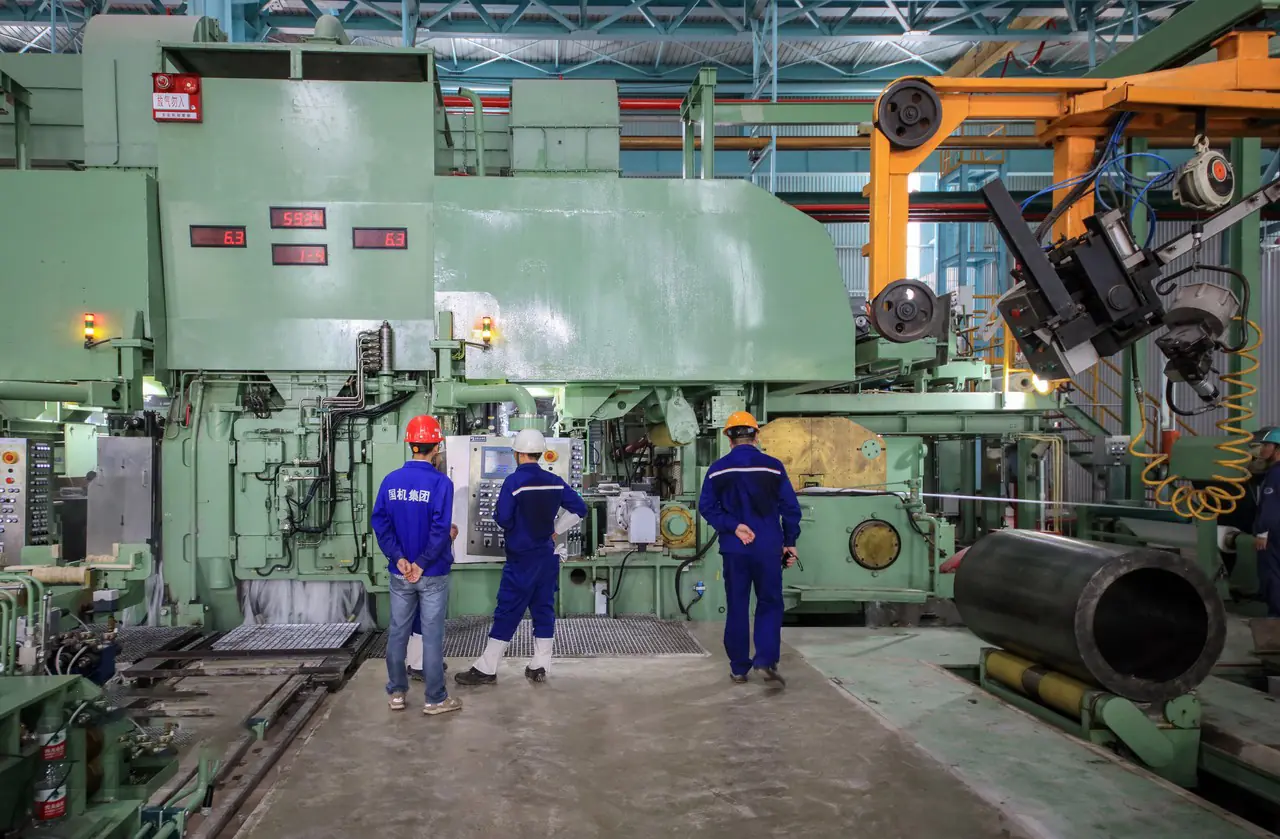
While stainless steel 316L is incredibly robust and often described as "low maintenance," it is not "no maintenance." In the very harsh environments where it excels, contaminants can build up on the surface and, if left unchecked, can compromise its passive protective layer. Proper care is straightforward and ensures the material delivers the decades-long service life it is designed for. Think of it as simple insurance for your significant investment. Protecting the passive layer is the number one priority.
Routine Cleaning and Inspection
The most important maintenance task is simple cleaning. In marine or chemical environments, salt deposits, dirt, and industrial pollutants can settle on the surface. These deposits can trap moisture and chlorides, creating concentrated pockets where corrosion can begin.
- Frequency: Regular washing with clean water or a mild detergent is often sufficient. The frequency depends on the severity of the environment.
- Method: Use soft cloths or nylon brushes. Avoid steel wool or abrasive scrapers, which can damage the passive layer and embed iron particles.
Avoiding Contamination
One of the biggest risks to stainless steel is contamination from regular carbon steel or iron.
- Tool Segregation: Always use tools (grinders, brushes, etc.) that are designated for stainless steel only. Using tools previously used on carbon steel can transfer iron particles, leading to surface rust.
- Storage: Store 316L away from carbon steel fabrication areas to prevent contamination from grinding dust.
Following these simple rules will ensure that your 316L components perform flawlessly and meet their full design life, maximizing the return on your investment.
Conclusion
Stainless steel 316L is more than just a material; it's a strategic solution. Its superior corrosion resistance delivers unmatched reliability and a lower total cost of ownership in harsh environments. Paired with a robust sourcing strategy, it provides a powerful competitive advantage for any demanding industrial application.
Have Questions or Need More Information?
Get in touch with us for personalized assistance and expert advice.
